- Home
- slideshows
- miscellaneous
- Researchers just found a WWII shipwreck that was lost for over 75 years off the coast of an Alaskan island
Researchers just found a WWII shipwreck that was lost for over 75 years off the coast of an Alaskan island
The Aleutian Islands campaign was one of the few major World War II battles fought on US soil. But the area's place in WWII history is often forgotten, perhaps because the islands are remote, cold, and difficult to get to. That's part of the reason the Abner Read lay undiscovered for decades.

In June 1942, Japanese forces took over and occupied a pair of remote Aleutian islands: Kiska and Attu.
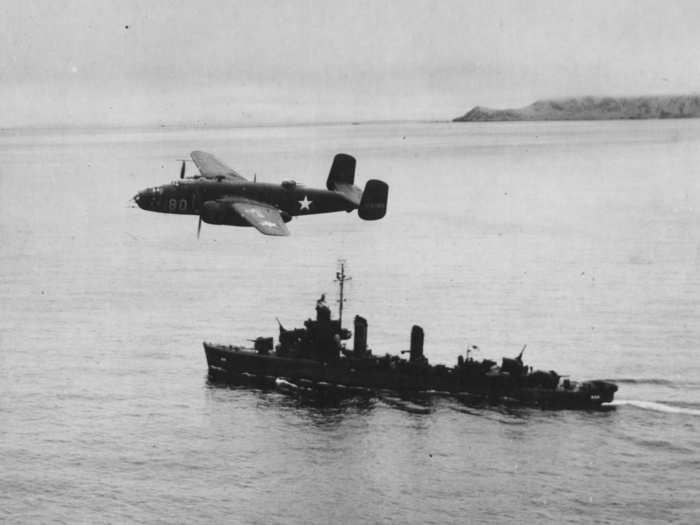
American forces quickly called in a number of battleships, including the USS Abner Read, as well as heavy air power to repel the Japanese invasion.
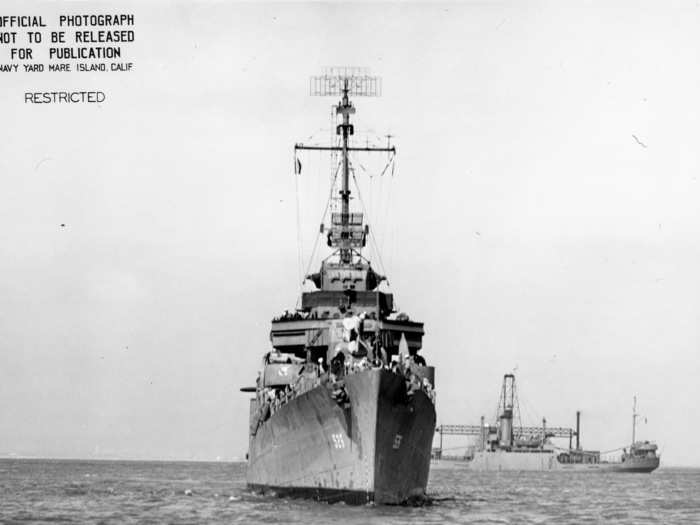
By August 1943, the USS Abner Read was part of a bombing campaign on the two Japanese-occupied islands.
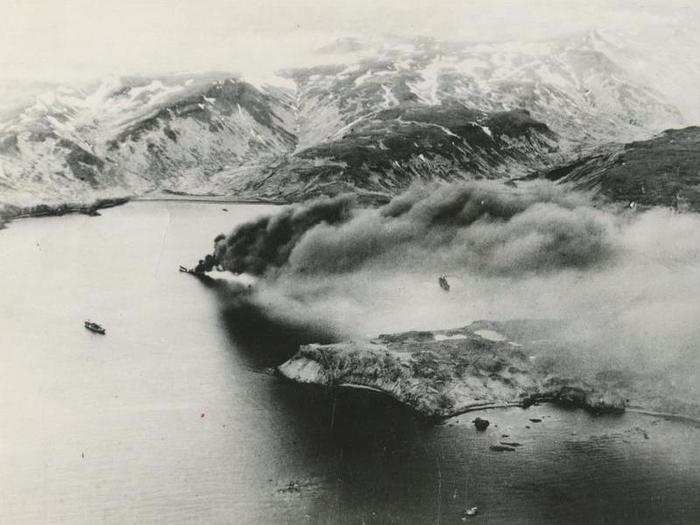
Source: Business Insider
After the stern section of the Abner Read sunk on August 18, 1943, it remained lost on the bottom of the sea for almost 75 years. The ship was eventually repaired and re-entered active service.
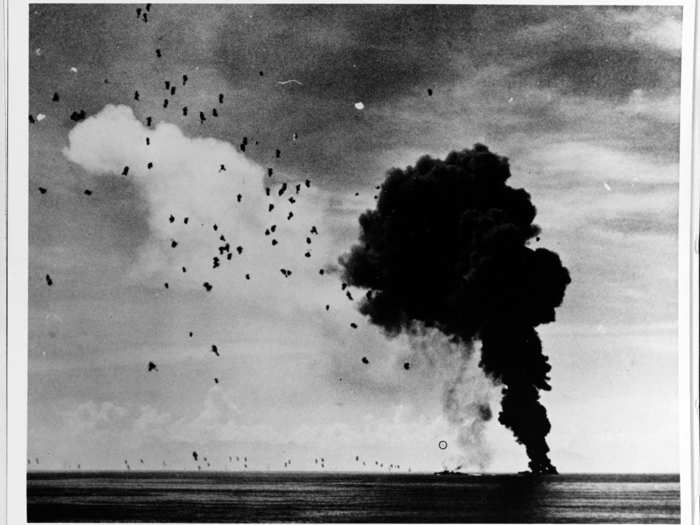
In 1944, the Abner Read was sunk off the coast of the Philippines by a Japanese dive bomber, as seen in the image above.
American forces ultimately repelled the Japanese occupiers, but suffered a heavy loss of life in the little-known battle.
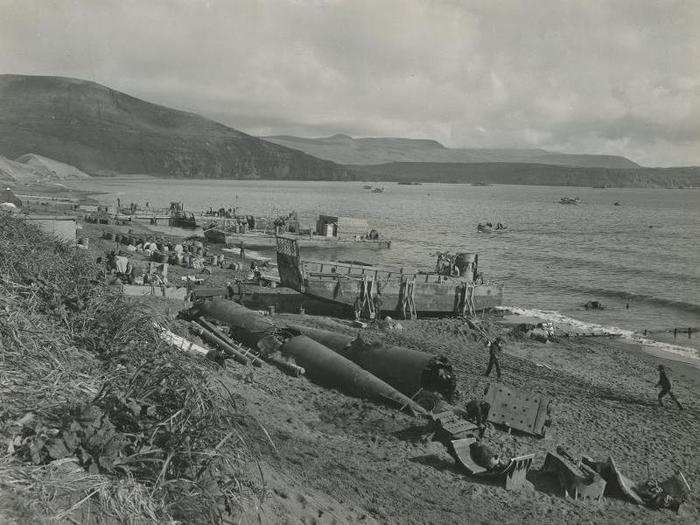
To get to Kiska, the team of NOAA-sponsored researchers flew to Adak, a remote community in the Aleutians. Then they traveled 250 miles over rough seas to Kiska on a ship called the R/V Norseman II.
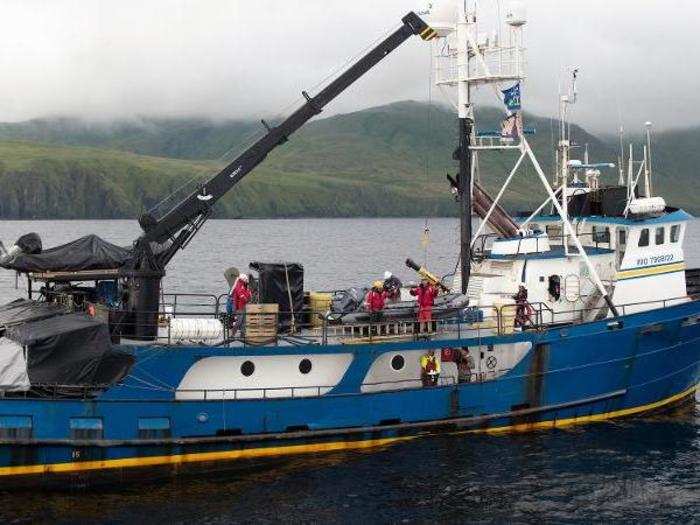
The expedition was part of Project Recover, a collaborative partnership between the University of Delaware, the University of San Diego, and the US Navy to find and document the underwater resting places of American soldiers from World War II.
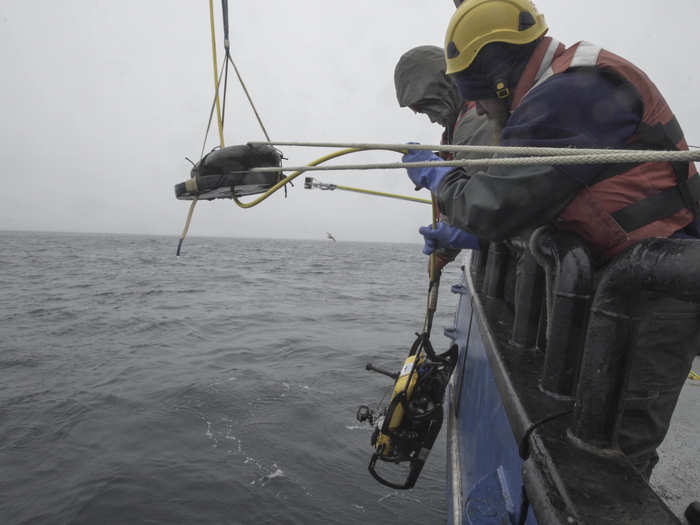
Source: Project Recover
Operating the technology in stormy, cold, and wet conditions proved to be a constant challenge for the team.
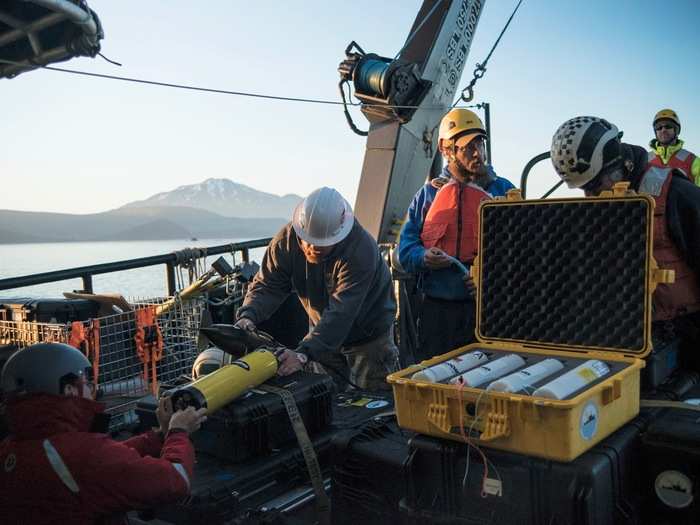
"The 17 hours of daylight that now occur at this high latitude were both a godsend and a curse as there was ample time to work, but little time to sleep," Eric Terrill, an archaeologist and the leader of the expedition, said in a mission log.
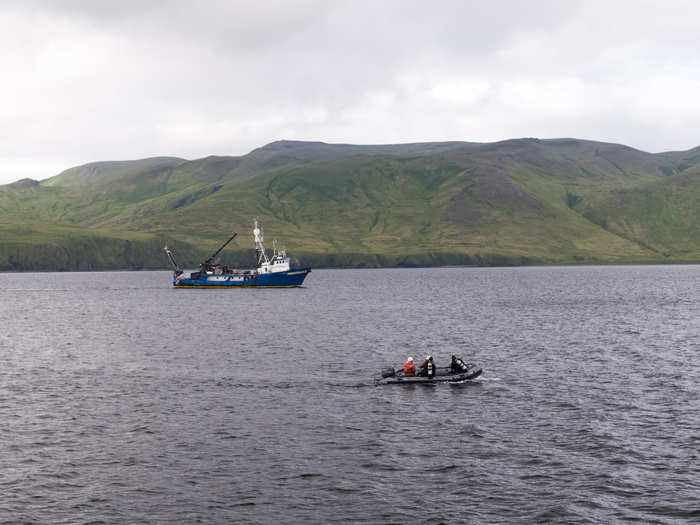
Source: NOAA
To narrow down the search area, the team looked at historical charts and reports, then used a fleet of Remus 100 autonomous underwater vehicles (AUVs) to help them locate the wreckage.
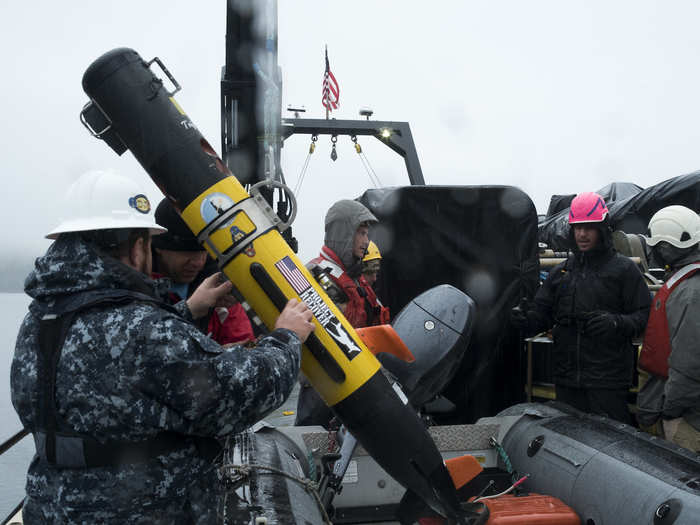
When they found promising images from the AUVs, the team sent out divers to scan for more clues.
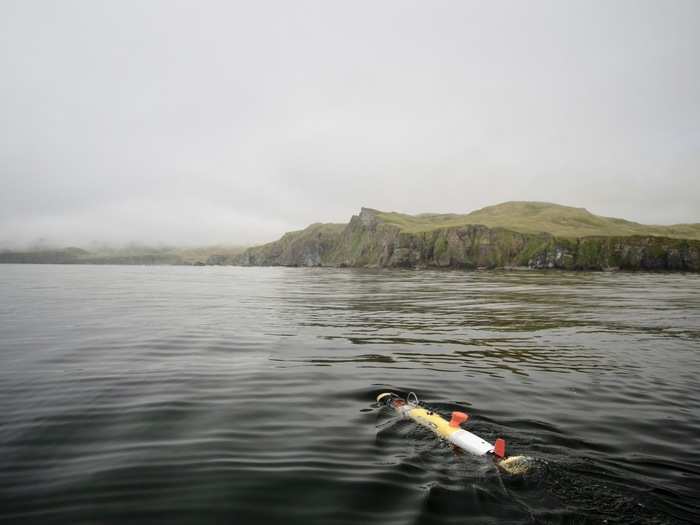
The team also surveyed Kiska, which is still full of WWII wreckage. They found these cannons and another sunken warship off the coast.
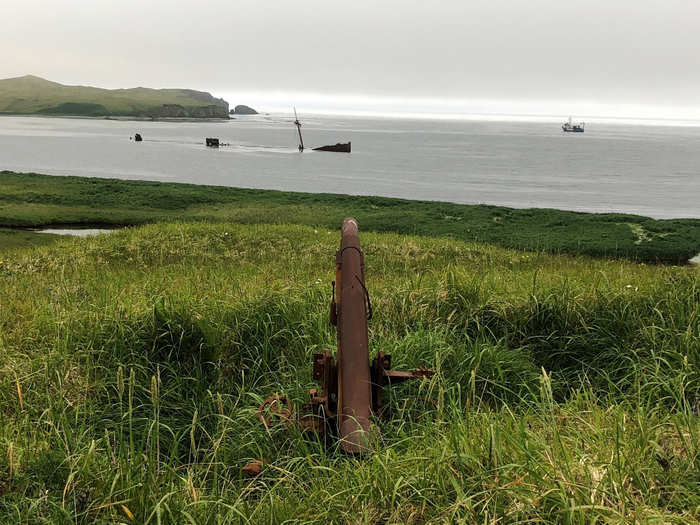
"We hiked the hillside and saw remnants of a battlefield with barbed wire, overturned military vehicles, hillside cannons, underground bunkers, craters from bombing blasts, and unkempt trails or roads," Erik White, an engineer on the expedition wrote in a mission log.

While beautiful, the island is a frigid, haunting monument to a battle that claimed the lives of almost 5,000 Japanese and American men.
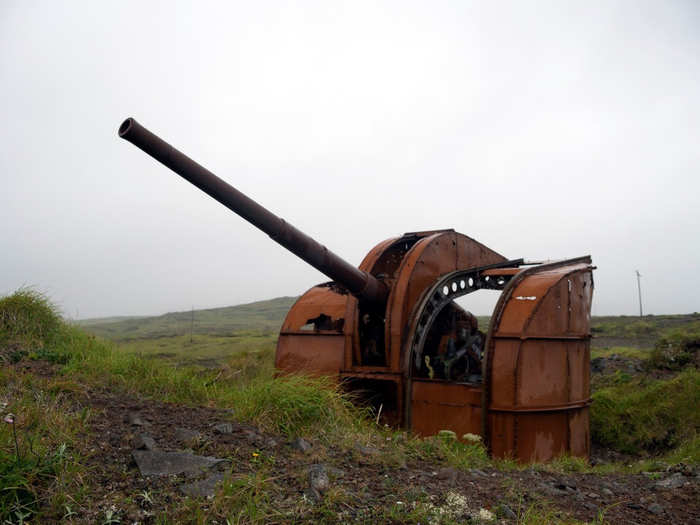
Source: NOAA
On July 17, the research team struck gold: one of the AUVs returned images of the lost stern section of the Abner Read.
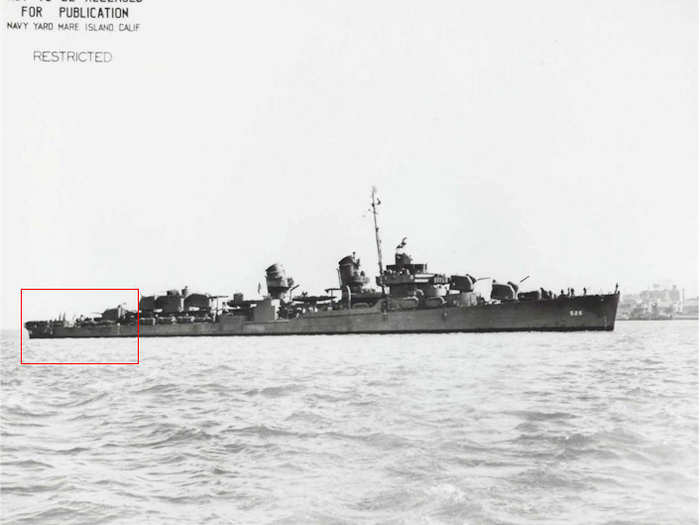
The wreck was found 290 feet deep. To confirm that it was the Abner Read, the team deployed a remote-operated submarine to examine it closely.
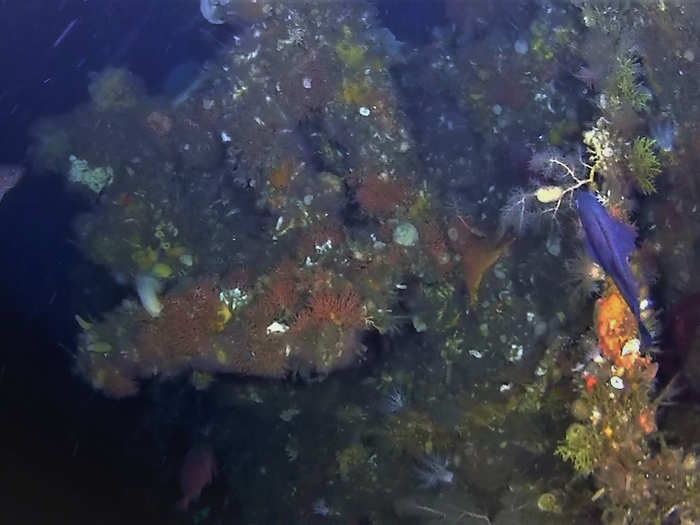
"There was no doubt," Terrill, the expedition leader, said. "We could clearly see the broken stern, the gun and rudder control, all consistent with the historical documents."

After 75 years at the bottom of the ocean, marine life has started to make the wreck home.
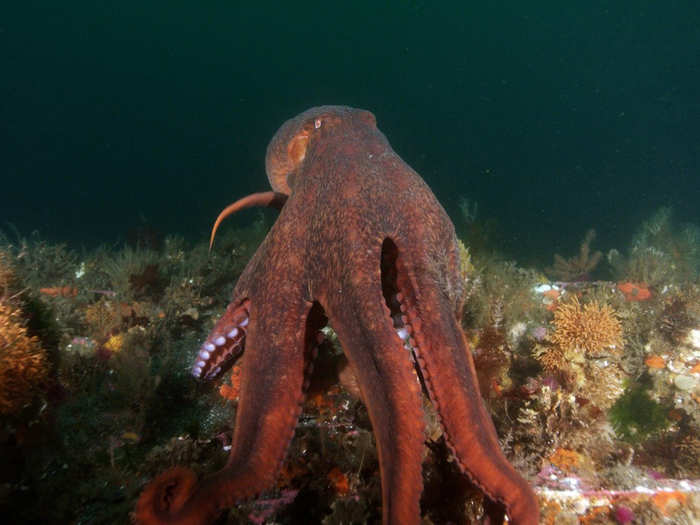
For now, archaeologists have no plans to bring the ship up to the surface.
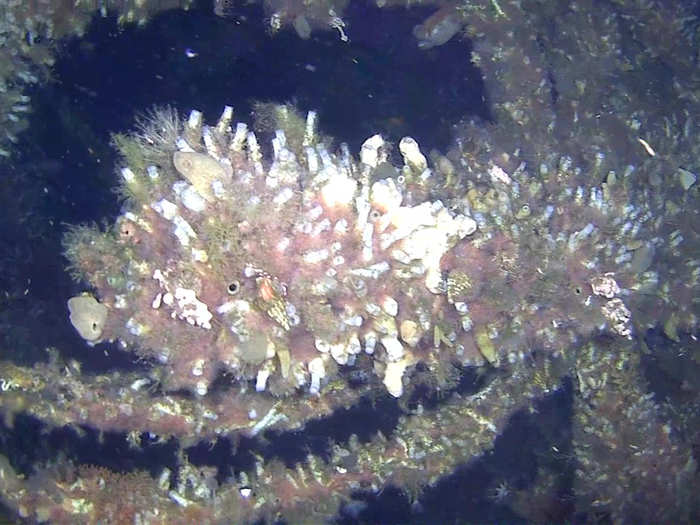
"We take our responsibility to protect these wrecks seriously," Samuel Cox, the director of the Naval History and Heritage Command said. The USS Abner Read is the "last resting place of American sailors," he added.

Popular Right Now
Popular Keywords
Advertisement